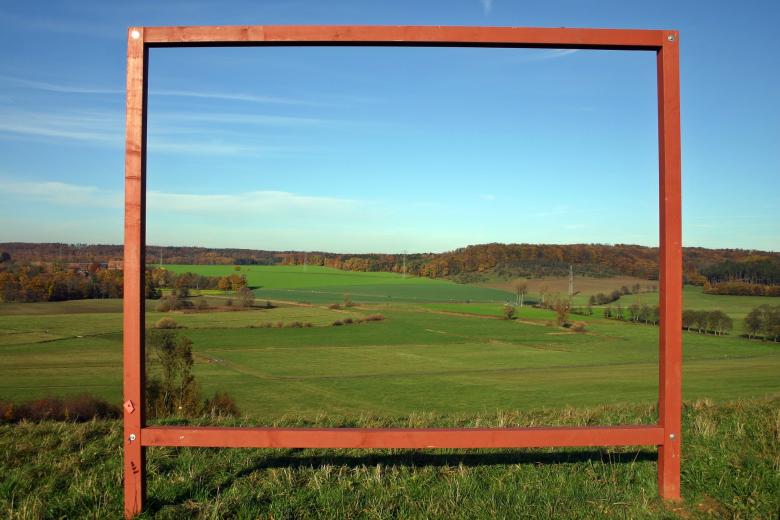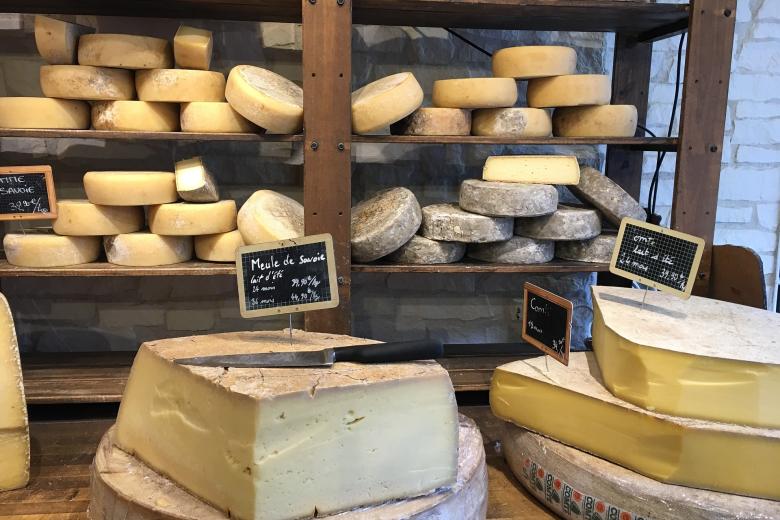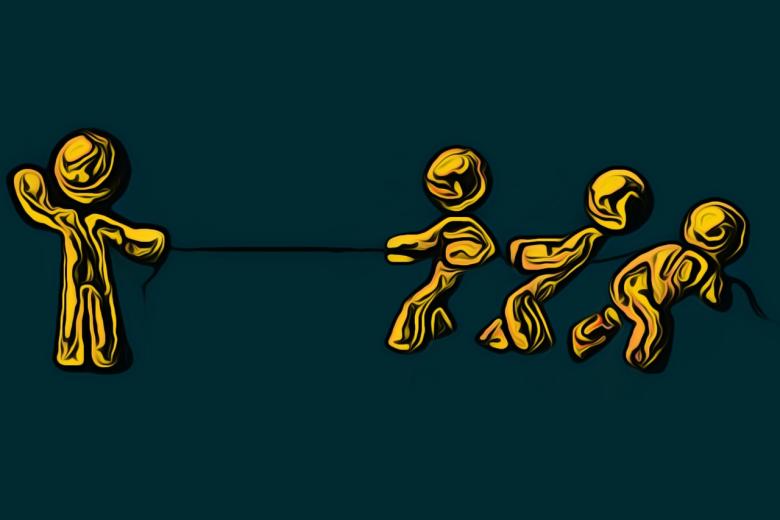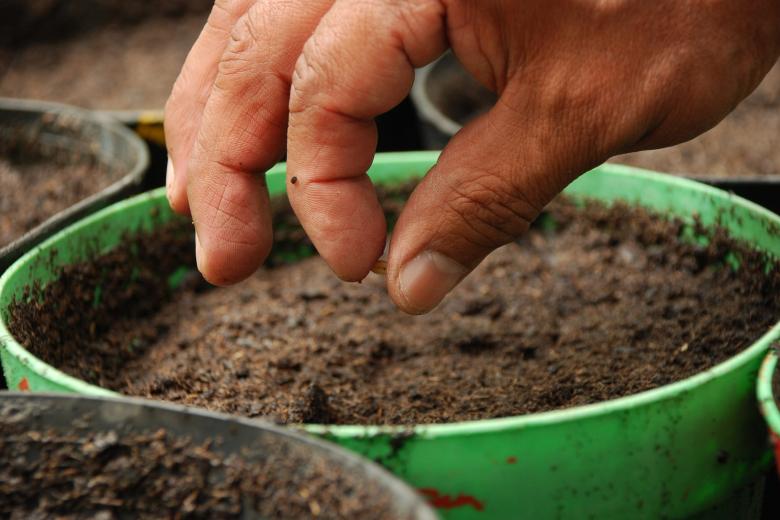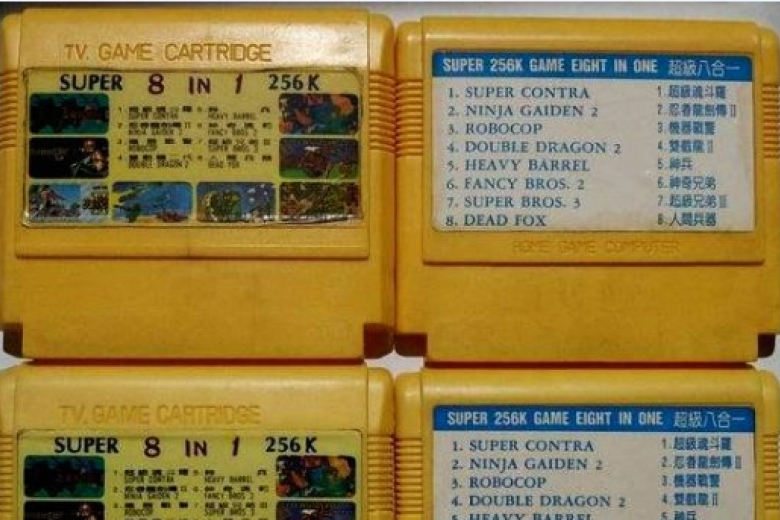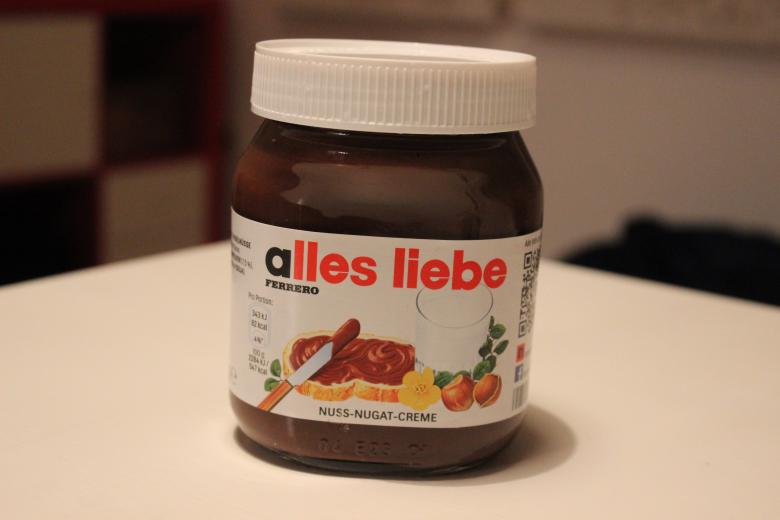Geographical Indications: linking products to their geographical origin
Geographical Indications (also known as GIs) are signs used to safeguard the link between a product and its place of origin. In order for a product to be protected as a GI, the exact production methods and environmental factors need to be documented. It is easy to imagine that traditional products...
